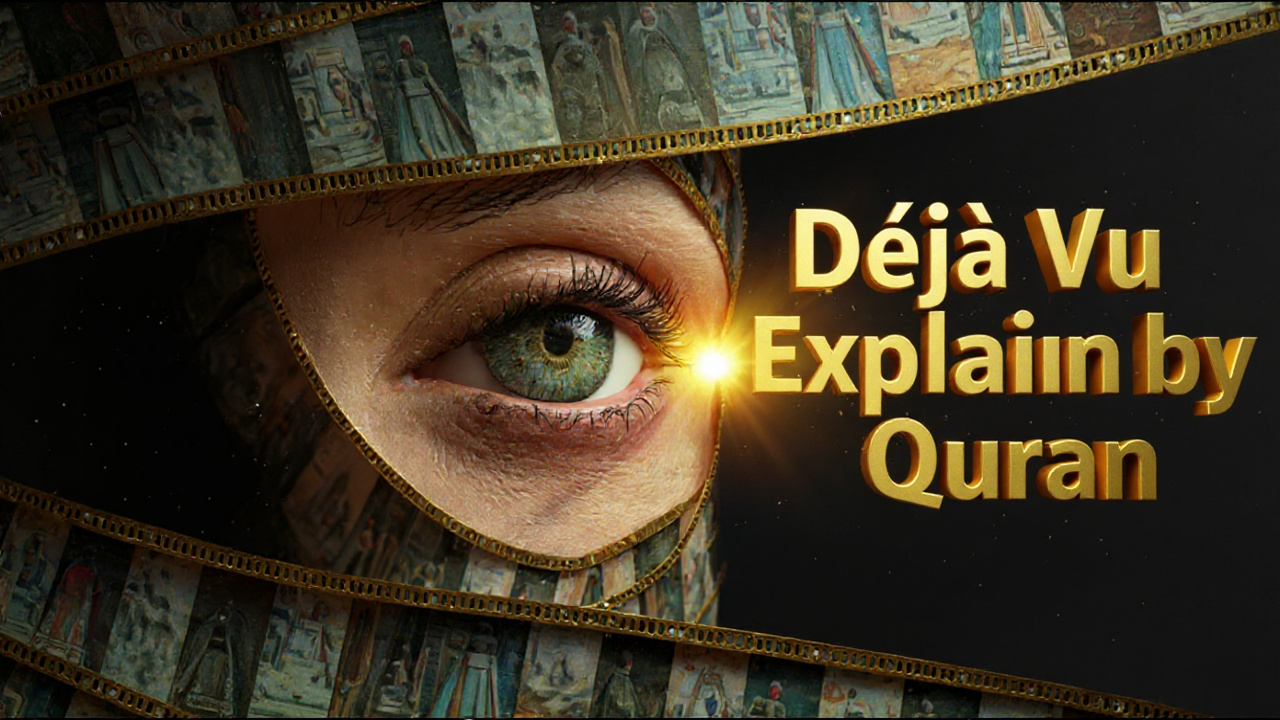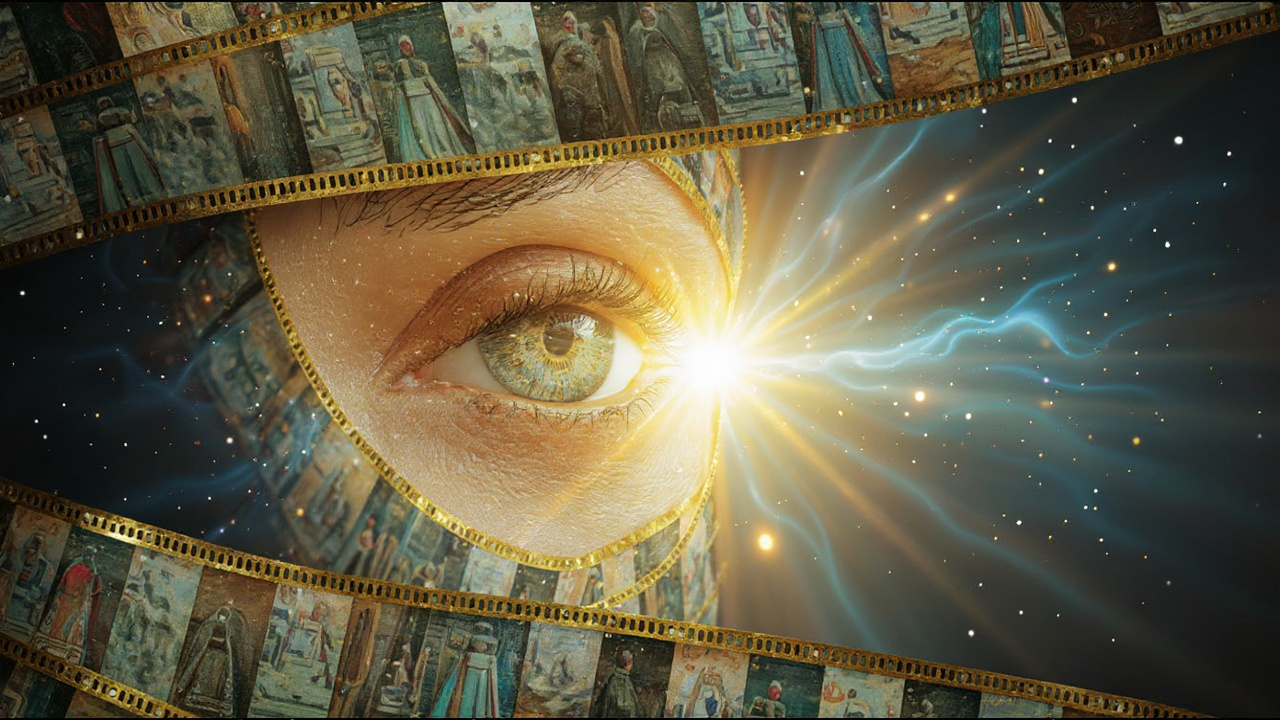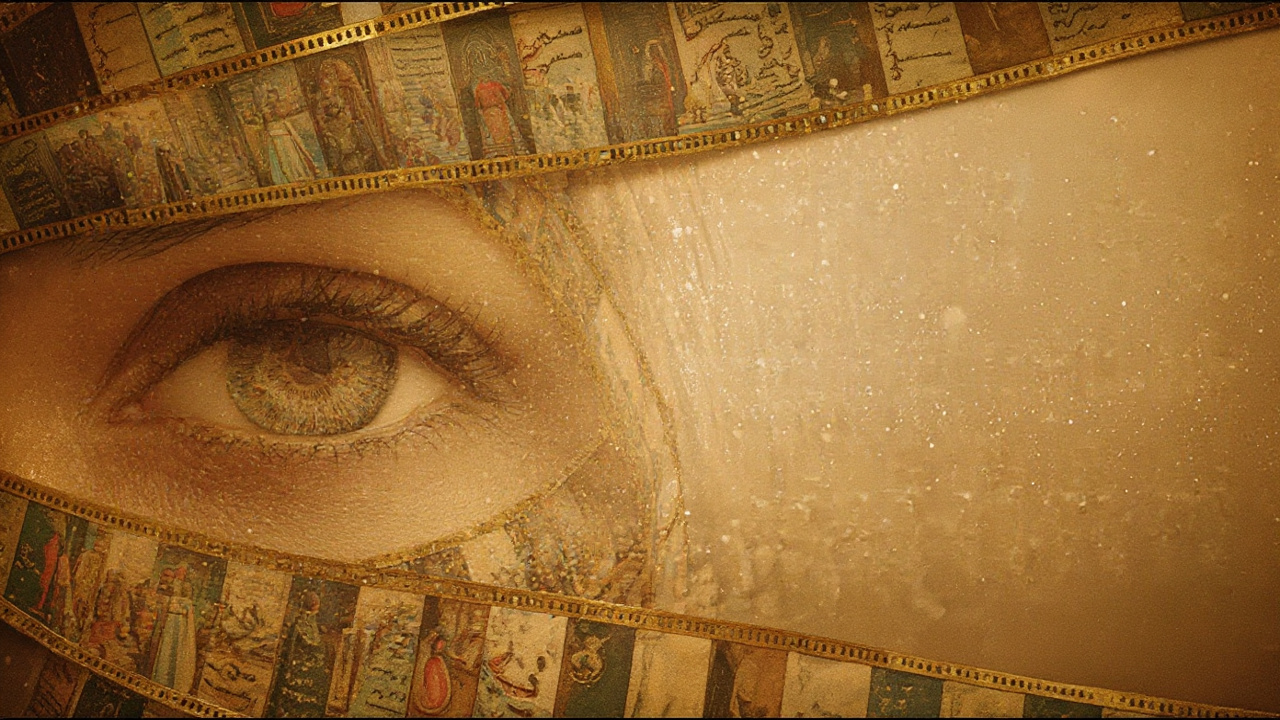Understanding Déjà Vu: The “Already Seen” Phenomenon
Déjà vu, derived from French for “already seen,” is the eerie sensation where a current experience feels like a memory. Furqan Qureshi describes it as a fleeting moment—whether eating or meeting someone—that feels like it has happened before. This phenomenon sets the stage for a deeper exploration of time and its mysteries, promising insights that resonate with both scientific and spiritual audiences.
Time Slips: Glimpses Across Time
Time slips occur when individuals momentarily experience another era. Qureshi shares compelling historical and regional anecdotes to illustrate this phenomenon, often backed by vivid sensory details that lend credibility.
Notable Global Time Slip Incidents
- Moberly-Jourdain Incident (1901): Two British teachers visiting Versailles Palace in France encountered people in 18th-century attire, including a woman resembling Queen Marie Antoinette, before the scene vanished.
- Scottish Church (Early 20th Century): A man saw people in centuries-old European clothing praying inside a church, only for the scene to disappear when he entered.
- Italian Soldier (1859): During the Battle of Solferino, a soldier awoke in a futuristic hospital with advanced machines, resembling modern facilities.
- Irish Farmer (Undated): An farmer fled after seeing 8th-century Viking warriors charging with ancient weapons.
- Japanese Subway (1981): A commuter witnessed people in ancient Japanese attire at a station, complete with old displays, before escaping back to his train.
Time Slips in Pakistan and India
Qureshi emphasizes that time slips aren’t limited to the West, citing local stories:
- Thatta Desert, Pakistan: A traveler saw a 500-year-old Mughal caravan vanish into mist.
- Kashmir Mountains: A shepherd glimpsed ancient soldiers sleeping in a cave, tied to legends of time-trapped armies.
- British India, Delhi: A British officer felt transported to Emperor Akbar’s era, seeing Mughal soldiers and elephant-riding women, before the scene reverted.
These accounts, termed “anecdotal evidence” in science, derive from cultural stories and personal testimonies, rich with sensory details that enhance their authenticity.
Out-of-Place Artifacts (OOP-ARTS): Time’s Anomalies
OOP-ARTS are objects found in historical contexts that defy technological timelines. Qureshi highlights several examples:
- Antikythera Mechanism (2,000 years old): An ancient Greek analog computer, far too advanced for its era.
- Quimbaya Airplanes (1,000 years old): Colombian gold models resembling modern jets.
- London Hammer: A hammer in a million-year-old rock, made of 98% pure iron, suggesting advanced craftsmanship.
- Baghdad Battery (2,000 years old): Iraqi vessels possibly used as batteries, anachronistic for their time.
- Ancient Drilled Stones: Egyptian and Indian stones with precision holes, implying power tools.
- Romanian Aluminum Tools: Thousands of years old, despite aluminum requiring electricity, invented in the 1800s.
These artifacts suggest objects may have slipped from other timelines or dimensions.
Rethinking Time: From Newton to Einstein
Qureshi challenges conventional notions of time—past, present, future. Newton viewed time as linear, but Einstein’s relativity revealed that time can stretch or contract. This aligns with Quranic verses:
- Surah Al-Hajj (22:47): “A day in the sight of your Lord is like a thousand years of your reckoning.”
- Surah As-Sajdah (32:5): “He arranges [each] matter from the heaven to the earth; then it will ascend to Him in a Day, the extent of which is a thousand years of those which you count.”
- Surah Al-Ma’arij (70:4): “The angels and the Spirit will ascend to Him during a Day the extent of which is fifty thousand years.”
These verses confirm that time varies across realms, supporting Einstein’s theory.
The Block Universe Theory: Time as a Static Block
Inspired by Erwin Schrödinger’s 1939 lecture on multiple time streams, the Block Universe Theory views time as a frozen block where past, present, and future coexist, like pages in a book or frames on a film roll. Qureshi suggests déjà vu occurs when our minds glimpse a future “page,” and time slips happen when we see another era’s frame. OOP-ARTS may be objects that crossed these blocks.
This resonates with Quranic references:
- Surah Al-Baqarah (2:255, Ayat al-Kursi): “He knows what is before them and what will be after them…”
- Surah Al-An’am (6:59): “And with Him are the keys of the unseen; none knows them except Him…”
- Surah Al-Buruj (85:21-22): “But this is an honored Qur’an [Inscribed] in a Preserved Slate.”
The Preserved Tablet (Lauh Mahfuz) symbolizes this eternal time block in Allah’s knowledge.
Higher Dimensions: Beyond Human Perception
Qureshi explains dimensions, from Euclid’s three to modern theories of ten, with time as the fourth. Higher dimensions offer alternate realities and time flows.
Dimensions Breakdown
- 1st Dimension: Linear movement (forward/backward).
- 2nd Dimension: Flat plane (adds left/right).
- 3rd Dimension: Our 3D world (adds up/down).
- 4th Dimension: Time as space, exemplified by Hazrat Khidr’s foresight in Surah Al-Kahf (18:60-82), where he sees future events like a king seizing a boat.
- 5th Dimension: All personal possibilities coexist, possibly the source of dreams.
- 6th Dimension: Alternate universes, like jinn existing unseen (Surah Al-A’raf 7:27: “He and his tribe see you from where you do not see them”).
- 7th Dimension: All possible universes; e.g., Surah Al-Mulk interceding for its reader (Sunan Tirmidhi 2899).
- 8th Dimension: Laws governing realities; the Preserved Tablet’s writing of light (Al-Mustadrak al-Hakim, narrated by Ibn Abbas).
- 9th Dimension: A web of all realities.
- 10th Dimension: Beyond comprehension, akin to Sidrat al-Muntaha, described in the Mi’raj Hadith (Sahih Bukhari 3887) as a tree with indescribable colors, marking the limit of creation’s knowledge.
The story of Hamah, Iblis’s great-grandson meeting Prophet Muhammad (PBUH) and recalling Prophet Noah (PBUH) (Al-Mu’jam al-Kabir by Tabarani), illustrates stretched time for jinn.
Conclusion
Furqan Qureshi’s exploration of déjà vu, time slips, and higher dimensions masterfully bridges science and Islamic teachings. The Block Universe Theory and Quranic references like the Preserved Tablet suggest time is a complex, divine construct. This discussion invites readers to ponder the unseen layers of reality, from fleeting déjà vu to glimpses of other eras.
Channel Reference and Video
Explore more thought-provoking content on Furqan Qureshi Blogs. Watch the full video, “Quran Reveals Deep Insights on Déjà Vu and Parallel Worlds,” here: Watch Now.


